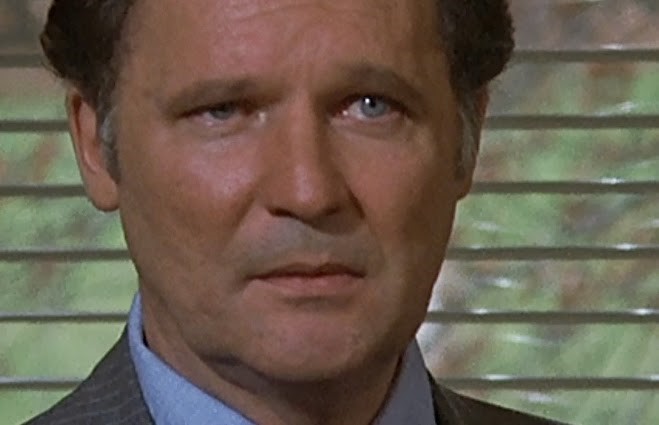When I first started in the 401(k) plan business in 1998, it was a boom time for the stock market and mutual funds. That got plan sponsors wanting daily valued participant directed 401(k) plans and that helped put almost an end to trustee directed 401(k) plans and eventually defined benefit plans.
The technology to launch daily valued 401(k) plans was there, but it was expensive at first. Thanks to technology and the use of the Internet, daily valued 401(k) plans became more accessible to most employers and revenue sharing helped make that happen.
As you know, revenue sharing payments go from particular mutual funds to help defray plan expenses. The idea is since the mutual funds companies don’t have to do record keeping on participant accounts, they should help the third party administrator (TPA) with the cost since they were doing the job.
I was against revenue sharing from the moment I heard about it because it reminded me something of payola or a kickback just because only some mutual funds pay for it. Index funds can’t afford to pay revenue sharing, so the idea in my head was always that more expensive funds pay for that. Knowing how people are, I thought revenue sharing would lead to more plan sponsors to use revenue sharing paying funds than funds who don’t because the advisor and TPA will tell them the benefits of reducing plan administration costs through revenue sharing without identifying how expensive management fees from mutual funds negatively impact a participant’s rate of return,
When I predicted to someone I worked with in 2007 that revenue sharing was going to be on the way out, I was laughed at. I’m sure that former co-worker isn’t laughing anymore. ERISA litigators saw the issue of revenue sharing and used that issue in many successful lawsuits against plan sponsors because revenue sharing was either the sole or determining factor why some mutual funds were selected by a plan sponsor when other criteria are more important.
Courts, ERISA litigators, and many very bright TPAs saw that revenue sharing was an issue and decided to make that as a movement for change in the retirement plan business through litigation and change of pricing. Fee disclosure regulation initiated by the Department of Labor was also a big help since it finally showed what fees a TPA was receiving directly and indirectly. A TPA would have to account what revenue sharing they were receiving and what they were doing with it. A TPA here and there that was pocketing the revenue sharing without actually offsetting expenses knew that practice was going to come to an end when they had to disclose what they were receiving for plan administration.
There are many people who tell me up and down, there is nothing wrong with revenue sharing and that might be a case. The problem is I come from the school that when something looks improper, just the sight of it is problematic.
More and more plan providers are hesitant in pursuing revenue sharing paying funds and I think mutual fund companies are going to think twice about continuing the practice. While revenue sharing isn’t really impacted much by the new Fiduciary Rule, I believe one of the consequences of the best interest exemption contract is that brokers are going to be very careful about mutual fund fees, trails, and share classes. I’m sure one of the consequences of the new Fiduciary Rule is that there will be a lot less letters in the alphabet soup we call mutual fund share classes.
I believe that revenue sharing is going to go the way of the 8 track, bell bottoms, and disco. Yet you won’t remember revenue sharing as fondly as remembering your leisure suit.







